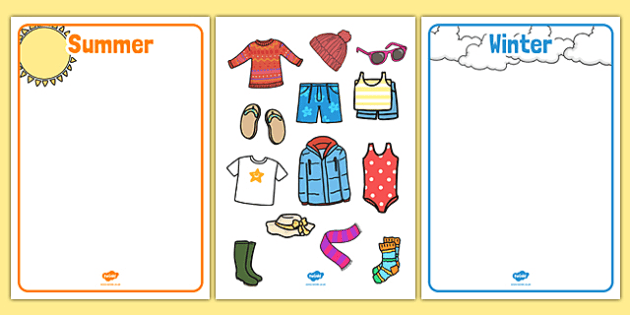During the day, we experience the sun's heat when we walk along a street or exit a building.
The sun's heat is transferred to humans through another method called radiation.
Radiative heat transmission does not need a medium. It may occur whether or not a medium is present.
Example:
1. The radiation is visible in our kitchen. When a hot pan is removed from the flame, it cools as it radiates heat to the surrounding area.
2. The visible light emitted by a candle
3. X-rays are taken with the use of an x-ray machine
4. The heat produced by a stove burner when it is lighted on.
5. In a microwave oven, food is cooked directly without the need for a heating medium.
Summer clothing - why ear light or white clothes?
In hot weather, white or light-colored clothing is preferable, since it reflects heat away from the body and keeps it cool, while dark clothing retains heat.
During the summer, cotton clothing is preferable because it absorbs perspiration and its air gaps allow for air circulation, which aids in the sweat's evaporation. This maintains the body's temperature and comfort level.
Additionally, loose clothing allows for air circulation underneath the fabric. Thus, loose clothing is more appropriate for summer than tight clothing. As a result, summer clothing should be breathable, light in color, and loose when it comes to fitting, instead of being dark and tight.
Winter Clothing - why wear thick or darl clothes?
In chilly weather, dark-colored clothing must be worn since they are excellent heat absorbers. Additionally, woolen clothes are appropriate for chilly conditions. Woolen garments keep the body warm and insulate it from the cold winds since wool is an excellent insulator and a poor conductor of heat.
Additionally, the air trapped between the woolen threads prevents heat from the body from escaping into the chilly environment. Besides, it keeps the chilly air away from the body.
Woolen clothing retains its form very well due to the curls in the fibers. The curls generate several small air pockets that retain the body's warm air or act as an insulator against the external air. The body is protected from chilly winds by this insulating layer of air pockets. Sweaters, mufflers, cardigans, and other woolen items provide protection against the cold. Thus, dark, dense, woolen clothing is appropriate for winter and thin clothes must be avoided.


